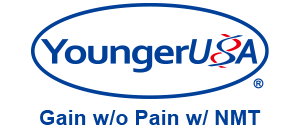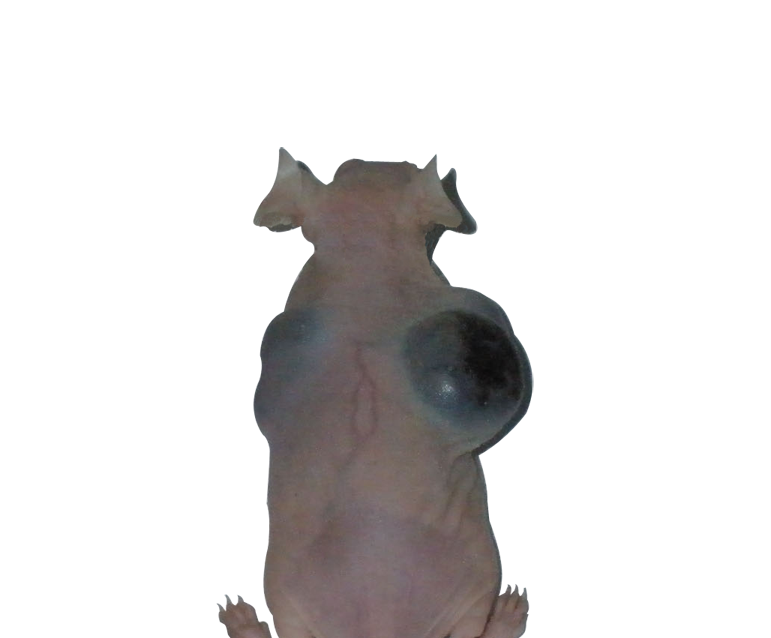In vivo sample testing is one of the most important aspects of research in life sciences. The importance of observing the functions and behaviors of a sample as they occur in real life is irrefutable. Obviously, a living organism is very different physiologically than when it is deceased. So how do we assemble information from studying a non-living sample in a way that accurately depicts how it behaves while alive? Well the good news is, now you don't have to.
Non-invasive micro-test technology (NMT) allows live samples to be tested without the system making physical contact with them. NMT measures the concentration gradient of a specific molecule and/or ion by means of selective/specific micro-electrodes 'vibrated' (repeatedly moved between measurement points) at a selected distance in the media. This means that the data accurately represents the functions and ionic/molecular flux activity of the sample in its natural physiological state. The flux of ions and molecules is comparable to a language; this data can show cellular stress and reveal important information such as connections between physiological functions and genes.
Would you be able to effectively study photosynthesis in a dead plant? Well of course not! It is easily agreed upon that one will obtain the most accurate understanding of something by studying it while it is alive. However, until now there have been limited tools to study live samples with, as most current technologies rely on invasive procedures (such as labeling, dyeing, etc.) while conducting experiments. Imagine how much differently animal cells behave once they are deceased? If you looked at live tumor cells under a microscope, would they behave differently than dead tumor cells? Could you accurately predict the result of introducing stressors to living neuron cells by observing what occurs when they are introduced to non-living neuron cells? A great deal of previous research might not accurately depict how living things actually function right down to the cellular level.
In 2012-2013, scientists used NMT at YoungerUSA's NMT Research Facility in Beijing to study the ionic activity of tumor cells. The sample used in this research was a live rat with tumors growing on its back (see Figure 1). Flux data for Cl-, Na+, K+, H+, and Ca2+ were successfully obtained with the tumor completely intact, and the rat still alive. If the tumor had been removed or biopsied and tested, the same results would not have been achieved. Learning more about how tumors interact with their host will help pave the way towards developing new, more effective methods of cancer treatment, and eventually even prevention.
Check Out More Applications NMT's most popular field is currently plant physiology, but creative scientists are applying it to new fields every day, like diabetes and cancer research. Now, labs using NMT systems have published over 700 papers in top journals! Our clients' top feedback is that the their high-quality results help them get published, thanks to the non-invasive nature of our technology, which allows them to measure live, physiologically accurate samples.
Experience the NMT Physiolyzer® Our most advanced NMT system yet: This highly advanced instrument is allowing scientists to discover physiological functions of live samples in innovative new ways. With customizable software, you can choose from 12 ions and molecules for your own personalized system.
The Theory of NMT Check out the principles of how NMT works.


